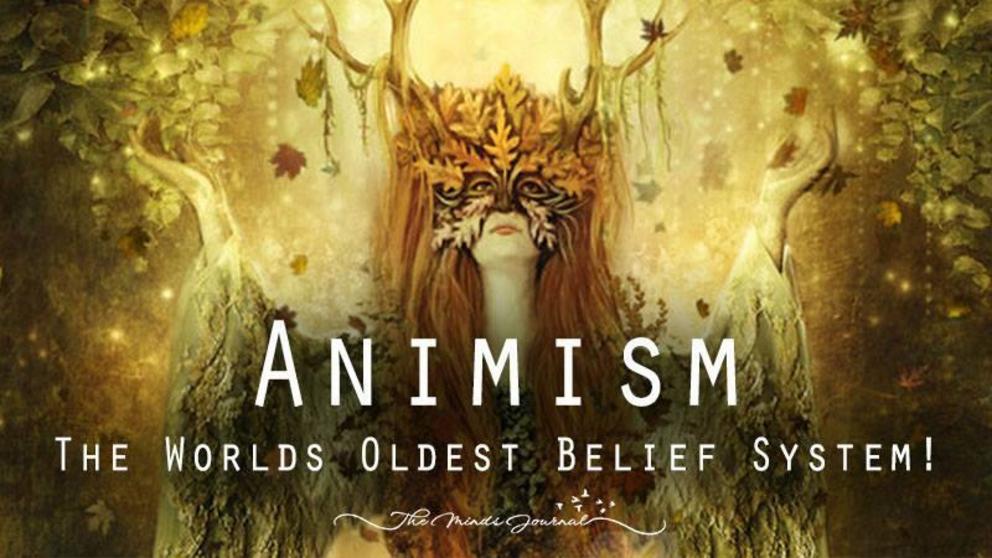What is animism?
Part 7 of a comprehensive Out-of-body Experience FAQ by Jouni Smed covering out-of-body experiences, astral projection, dreams and lucid dreams.
A school of thought has grown up within parapsychology, and around its fringes, which takes very seriously the idea of death being an OBE in which one did not succeed in getting back into one's body. Gauld [Gau82] refers to this school of thought as the 'animistic' school (anima = soul), 'animism' being the view that every human mind, whether in its before death or after death state 'is essentially and inseparably bound up with some kind of extended quasi-physical vehicle, which is not normally perceptible to the senses of human beings in their present life' [Bro62].
An argument which one commonly hears from members of the animistic school runs as follows: OBEs and near-death experiences are, so far as we can tell, universal. They have been reported from many different parts of the world and in many different historical eras. The experiences of the persons concerned therefore must reflect genuine features of the human constitution; for we cannot possibly suppose that they derive from a common stream of religious tradition or folk-belief -- the societies from which they have been reported are too widely separated in space and time for the common-origin idea to be a serious possibility.
The most powerful shot in the the animist's locker remains, however, still to be mentioned. There are some cases -- by no means a negligible number -- in which a person who is undergoing an OBE, and finds himself at or 'projects' himself to a particular spot distant from his physical body, has been seen at that very spot by some person present there. Such cases are generally known as 'reciprocal' cases. Thus the animist, starting from his study of OBEs and NDEs, claims to have direct evidence that after death we remain the conscious individuals that we always have been and that the 'vehicle' of our surviving memories and other psychological dispositions is a surrogate body whose properties (other perhaps than that of being malleable by thought) are, he would admit, largely unknown.
In addition to taking OBEs and NDEs as themselves evidence for survival, the animist might well feel able to offer the following argument in support of regarding a further class of phenomena as evidence for survival of consciousness following physical death. There is in the literature on apparitions a substantial sprinkling of cases of apparitions of deceased persons, some of which have been seen by witnesses who did not know the deceased in life. An extensive statistical investigation by the late professor Hornell Hart [Har56] strongly suggests that apparitions of the dead and the phantasms of living 'projectors' in reciprocal cases are, as classes, indistinguishable from each other in what may be called their 'external characteristics' -- such as whether the figure was solid, dressed in ordinary clothes, seen by more than one person, whether it spoke, adjusted itself to its physical surroundings, etc. Now we know that in reciprocal cases the phantasms of the projector is in some sense a center of or a vehicle of consciousness, namely the consciousness of the projector. Since apparitions of the dead and of living projectors manifestly belong to the same class of objects or events, we may properly infer that since the apparitions of living projectors are vehicles for the consciousness of the person in question, this must be true of apparitions of the dead also. Hence the consciousness of deceased persons survives and may either have, or make use of, a kind of body.

